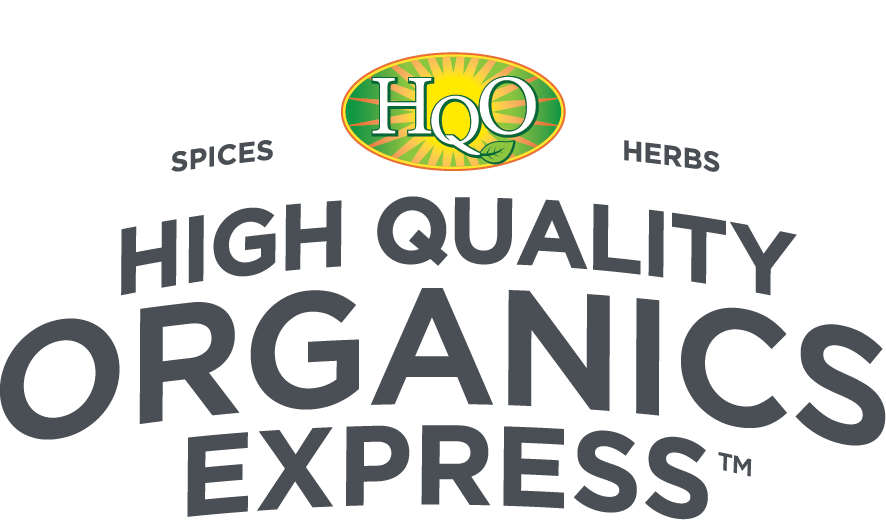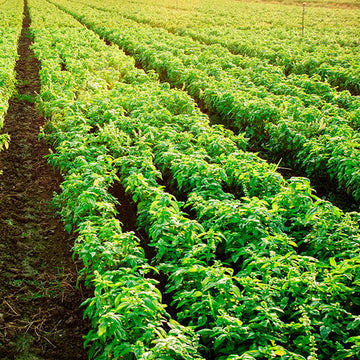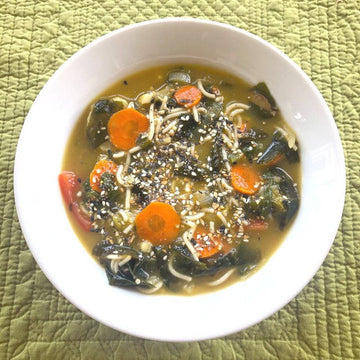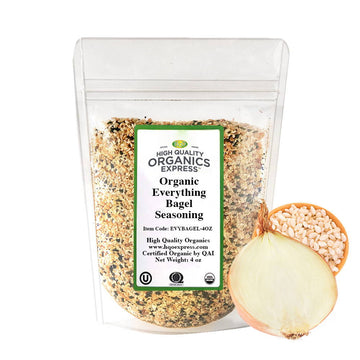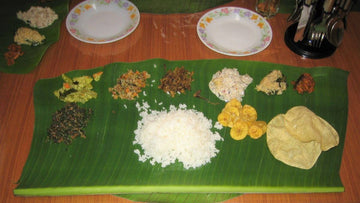By: Jerry Tenenberg
Founder of High Quality Organics
Usually when someone asks me, “can you do it?” I don’t think too long before saying yes. Fresh herbs are a great example of why it’s best NOT to be so ready to say yes! I had never grown anything commercially! There were all of the little nuances about fresh herbs like leaf size, color, aroma, flavor, heartiness etc. When we started, the only herbs that were brought to market were in wooden crates and strapped with either a string or a rubber band around them; pretty crude and what you saw was what you got. A lot of times they had insects on them, holes in the leaves and so on.
So, detail by detail, we cleaned all that up. There was so much to do. As an example, there's 45 different varieties of rosemary alone. Which one do we pick? We looked at most of the major ones to find the Tuscan Blue variety. It had a nice broad leaf and a beautiful color; it was pretty rich in oil, and had tighter growth nodes for a full leaf presentation.
Also, Tuscan Blue would do well in our SoCal environment. Then we had to learn how to propagate, plant, grow, expand acreage, decide how long the stems would be, the size of a bunch, the weight of a dozen etc. … like I said, if I had thought more and knew all the details of what it would take to be successful, I might never have been a grower!
45 kinds of rosemary
Fresh herbs were new at the market!
However, we carried on, step by step, and built all the specifications in the category. We sold first to the central wholesale market in Los Angeles and got our first opportunity with a supermarket. Alpha Beta was the first one to take our new line of culinary herbs (Alpha Beta no longer exists). We created a program for the produce section.
This was the first time fresh herbs appeared in market produce sections. We had to develop a tag that would list the uses, as most people had never cooked with “fresh” herbs before. When we then got the program into Vons, still one of the largest markets on the west coast, we were on the map!
So, we went into different types of packaging and expanded throughout southern California and up the west coast to San Francisco and then it took off nationwide. We developed a lot of marketing materials and programs in order to educate consumers. We connected with renowned chefs and did a recipe program with chef testimonials in order to build recognition for fresh herbs.
By the mid to late 80’s, we had become the fresh herb experts and built a nationwide program. Agriculturally, we had developed soil technology, propagation and planting methods and information exchanges with the top universities. We had 40 acres of greenhouses and were growing over 200 acres of ground in southern California.
Cooking with fresh herbs
My wife and I just had a baby boy. Obviously, I did not sleep much. Of course, there were many challenges, besides not enough sleep! As invigorating as all the accomplishments were, the problems like insects, soil disease etc., all would provide fuel to the fire of persistence. The lessons that would come from trials are still guiding and shaping much that we do today.
Crop Rotation would become a standard practice
A great example is when our basil crop was almost wiped out. We grew several varieties, and did selective breeding. But we had identified a particular Italian Large Leaf Basil for our prominent seed stock to breed from. The characteristics, appearance wise, were great. One day we started to notice yellow spotting on the leaves that became more and more wide spread. Very scary! Finally, we identified the disease as a tobacco mosaic virus. We feverishly studied all information available. Due to our intensive type farming, the best control method would be sanitation, including removal of infected plants, sanitizing all tools, washing hands in between all procedures and replanting with other varieties. Crop rotation would also become standard practice for basil and eventually for all crops.
We managed our way through the problem and found the infected seed stock was originally ALL from a single source in Russia. The result for us was to create a multi-varietal program for all plant stock, dedicate ourselves to crop rotation and create a system-wide sanitary program. Interestingly, these are the building blocks for organic and quality methods we use today.
We managed our way through the problem and found the infected seed stock was originally ALL from a single source in Russia. The result for us was to create a multi-varietal program for all plant stock, dedicate ourselves to crop rotation and create a system-wide sanitary program. Interestingly, these are the building blocks for organic and quality methods we use today.
When you see a fast-moving plant disease that threatens your family and livelihood, it’s pretty scary. Fortunately, we had a tremendous team of committed people. With their hard work, naturally and culturally, we overcame the problem. The big lessons were… we had been dependent on a single source of plant material, and we needed a thorough quality control system.
As for me, this experience touched on my intuition that commercial farming had to be holistic. I yearned to ramp up my “organic” experiments to a larger scale; this was a key contributor to our commitment to organics today. Another take away that’s important for HQO today is regarding GMOs. Mosaic viruses have been a considerable problem for many crops. The application of genetic engineering or “gene slicing” has been a go-to for deeply concerning problems like this. I understand why, but it’s ironic to me to turn to a remedy that would give me the same concerns I had with the problem itself. Single variety farming was too risky, naturally or with “modern science.” To be sustainable requires hard work and a commitment to methods. I don’t think there is a quick fix.
